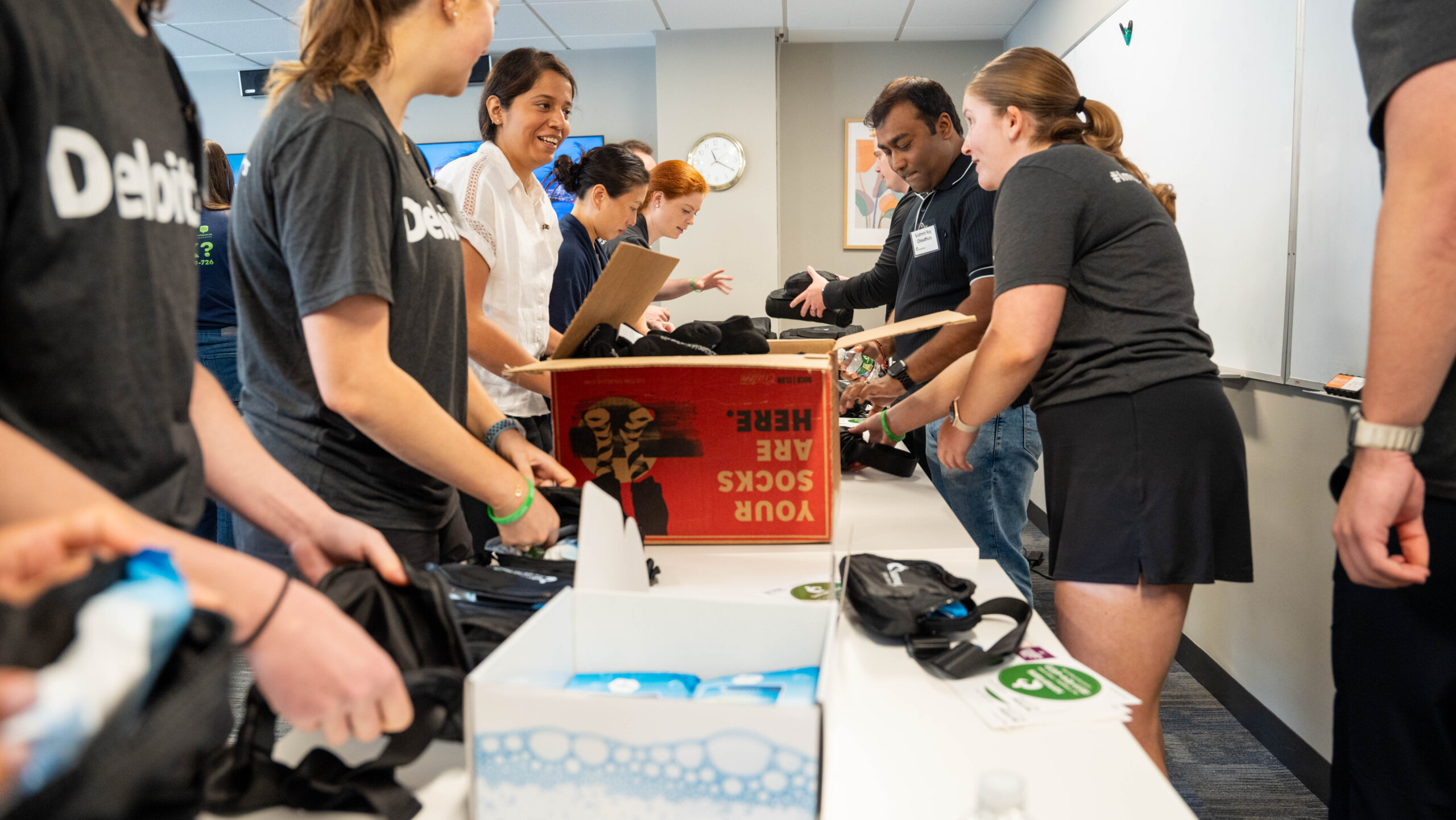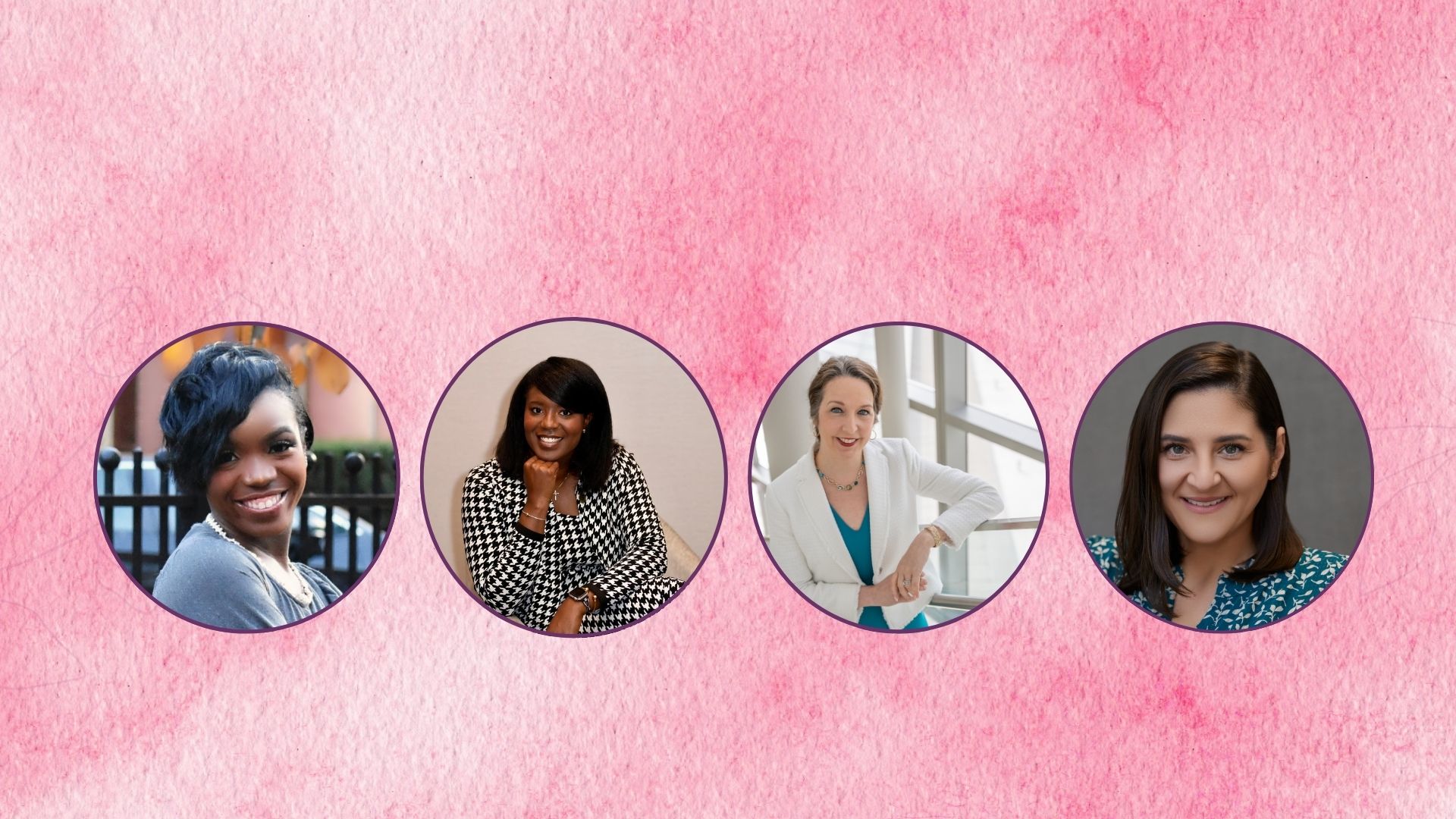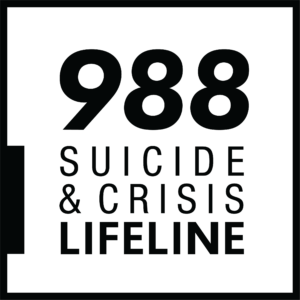Written by Kendra Knauf, 5K participant
At the beginning of March, I started noticing a decline in client attendance among my therapy appointments and group meetings. People were not coming into my office and foregoing their mental health treatment in order to stay safe from the growing numbers of COVID-19 cases in Massachusetts. I found myself providing the text and phone numbers for Samaritans for clients to get crisis support if needed, to consider alternative levels of care rather than going straight to the emergency room (when appropriate, of course). While this had always been a staple in my practice, clients seemed to be taking it more seriously out of fear for the medical safety.
While my friends in academia and the business world had already been sent home to create an office space out of a broom closet, mental health clinics and hospitals were still operating, since we were deemed essential, but we all had questions about how things would continue to work with clients and clinicians not wanting to leave their homes. Once Governor Baker issued the stay-at-home order and allowed for telehealth services, I upgraded my Zoom account, brought home my standing desk, DSM-5, and a few other items from my office I knew I would need for the foreseeable future. I thought I’d pick up where things had left off with my clients, but I actually had no idea for the influx of work that was about to head my way.
Clients came out of the woodwork – people who had not attended a session in months, asking to speak on the phone and process the events of the moment. Group members were asking if they could attend bi-weekly, to see familiar faces and get additional support for the uncertainty and isolation that was growing daily. Without a commute and a reduced social schedule, I was able to schedule more clients, but to what cost? In graduate school, we are told to prioritize self-care, but what does that look like during a pandemic?
I knew I had to find a new routine, anticipating the long-term nature of the isolation. I’m someone who likes to get out of the house and meet friends for walks or runs, go to sewing classes, yoga classes, check out a new brewery after work with a friend, and go out to dinner with my husband when we didn’t feel like cooking. I found new ways to keep myself occupied with FaceTime “happy hours” with my friends, talking on the phone frequently with family members, sewing masks and scrub caps, and utilizing a multi-platform exercise app.
Meanwhile, my clients were expressing similar concerns about how they would handle the isolation. Some were relieved, citing the normality of staying at home due to symptoms of depression and anxiety. Others were scared that they would not see or hug loved ones again. My role as a therapist seemed to shift, as clients talked endlessly about how to occupy their time, to socialize with friends and family, to exercise, or just take a break with their partners. They asked how I was doing and if I was safe and healthy. Several times I found myself attempting to challenge a potentially irrational thought pattern with clients, only to have them retort, “right now, anything is possible!” and “I’m living in a sci-fi novel, so of course it’s irrational!” I felt that we were much more “in this together” than when clients were coming into my office, whether it was the equity of both being at home during the phone or video calls, the similar social, medical, and emotional concerns, or the general experience of uncertainty.
Samaritans eventually announced their beloved 5K would be virtual, and this was a moment when Samaritans was needed more than ever for our community. The number of times I gave the number or website to a client probably doubled in the months of Massachusetts’ quarantine. I have spent years building awareness about mental health stigma, through my work, social media posts, and my actions. Thinking about the way that I will be training and fundraising for the virtual 5K, as well as raising awareness of the mission of Samaritans, will look different this year. The social aspect of connecting with friends to go for runs and walks to build up endurance is a no-no right now. With people on furlough or out of work completely, fundraising will be unusual. And have you tried running outdoors with a mask?
This year, the 5K is all about creativity. Find new places to train for running and cross-training that feel like safe environments for you. Share your personal story with others about why Samaritans is such an important and multi-faceted organization to encourage others to donate. Use those creative hobbies that you cultivated during your quarantine and donate something to the silent auction. Create contests and challenges within your team for fundraising to have fun and still get the message out. And remember, we are all in this together.









